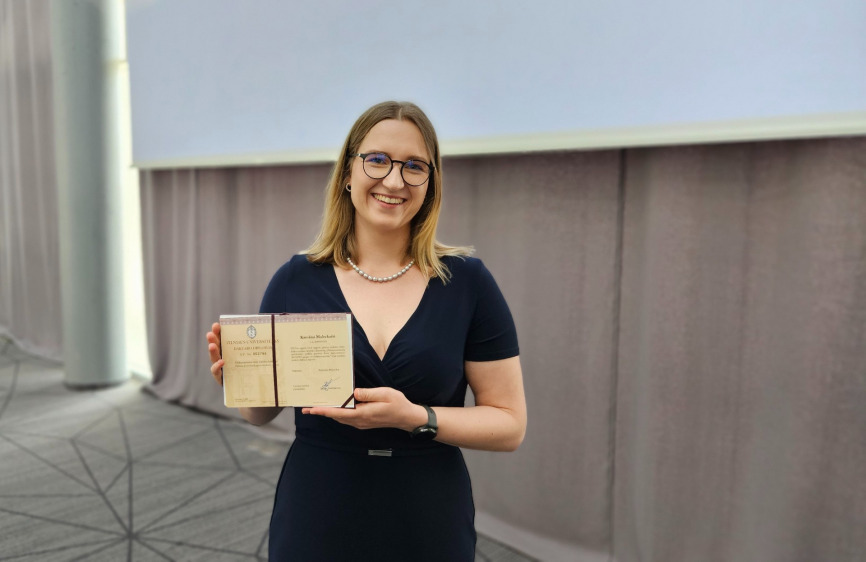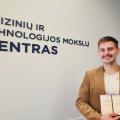Paieška
2023. 09. 22
-
K. Maleckaitė, a physicist who studied the glow of molecules, becomes a PhD
Karolina Maleckaitė, a researcher of the Department of Molecular Compound Physics at FTMC, defended her PhD thesis entitled "Photophysical Properties of Boron Dipyrromethene (BODIPY)-Based Fluorescent Molecular Sensors" (adacemic supervisor: Dr. Aurimas Vyšniauskas).
Congratulations to our colleague and good luck in your future goals!
"My life in physics started with many doubts: the physics teacher did not believe I could pass the national exam, while very close friends told me: “Physics… it’s just not you, Karolina”. Well, here we are," the new PhD student begins her Thesis.
Without losing her confidence, Karolina became a physicist anyway, and her thesis is contributing to a better understanding of how cells work - and an important fight against serious diseases like Alzheimer's, cancer or atherosclerosis.
Different processes in our body can change the viscosity of our cells: if they are too viscous, disease may start, if they are too liquid, there is also a risk of health problems.
This is why physicists and chemists are developing so-called microviscosity sensors to measure the internal viscosity of cells and how it changes. Chemists create special molecules in the laboratory that biophysicists inject into the cell and the light they emit gives scientists the information they need about the cell's internal environment.
But before this can happen, the molecules still need to be studied by physicists - including K. Maleckaitė. She has been measuring what colour the molecule will light up and how long it will stay that way. It is the duration of the glow that shows the change in the cell. For example, if a molecule glows for longer, the cell's viscosity increases, and vice versa.

(Photo: FTMC)
So, with her Thesis work, Karolina contributed to the development of the new red-fluorescent BODIPY microviscosity sensors. This work also focused on converting cell viscosity markers into temperature and polarity (electric charge distribution) sensors. These two parameters are also important and can determine the health of a cell.
"I have studied more than 20 molecules based on the BODIPY molecular group, and have determined how the addition of certain functional groups (e.g. a cyclopropyl, phenyl, vinyl or thiophene group) alters the molecule's photophysical properties.
I am most excited to be part of the interdisciplinary work. The research required as many as 4 different experts on different topics. These topics are theoretical physics, organic chemistry, photophysics and biophysics.
We have succeeded in developing red-fluorescent viscosity and polarity sensors that can be successfully used in cell research to better understand changes in the internal environment of cells in various diseases," says the new PhD.
FTMC information
Susiję:
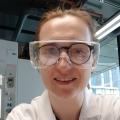
2024. 01. 08
-
Lithuanian's paper in prestigious chemistry journal: glowing molecules that "search" for RNA structures were studied
Our physicist K. Maleckaitė-Mačiulė contributed to a team at Imperial College London.
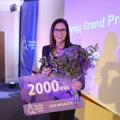
2023. 10. 19
-
Chemist R. Bogužaitė, who creates molecular "fingerprints", is the winner of the "X Factor" for Lithuanian scientists
Her presentation on molecular imprinting in sensors was gripping from the very first seconds.
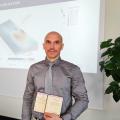
2023. 09. 29
-
FTMC physicist who studied the radioactive pollution of the Baltic Sea and The Curionian Lagoon defends his PhD thesis
During the transport from the Neman river to the Curonian Lagoon, concentration of radionuclides increases more than ten times but still there is no real threat.
